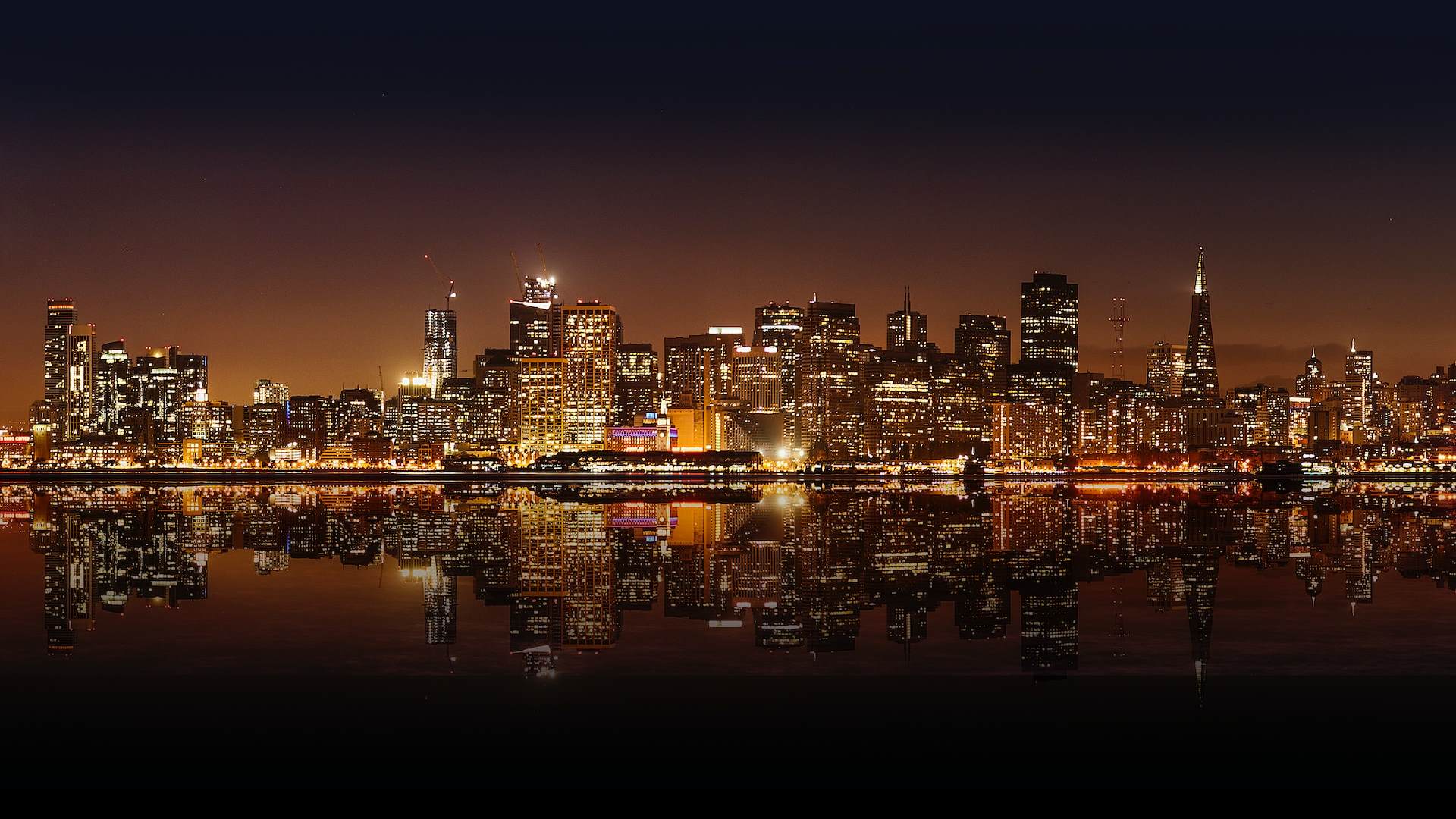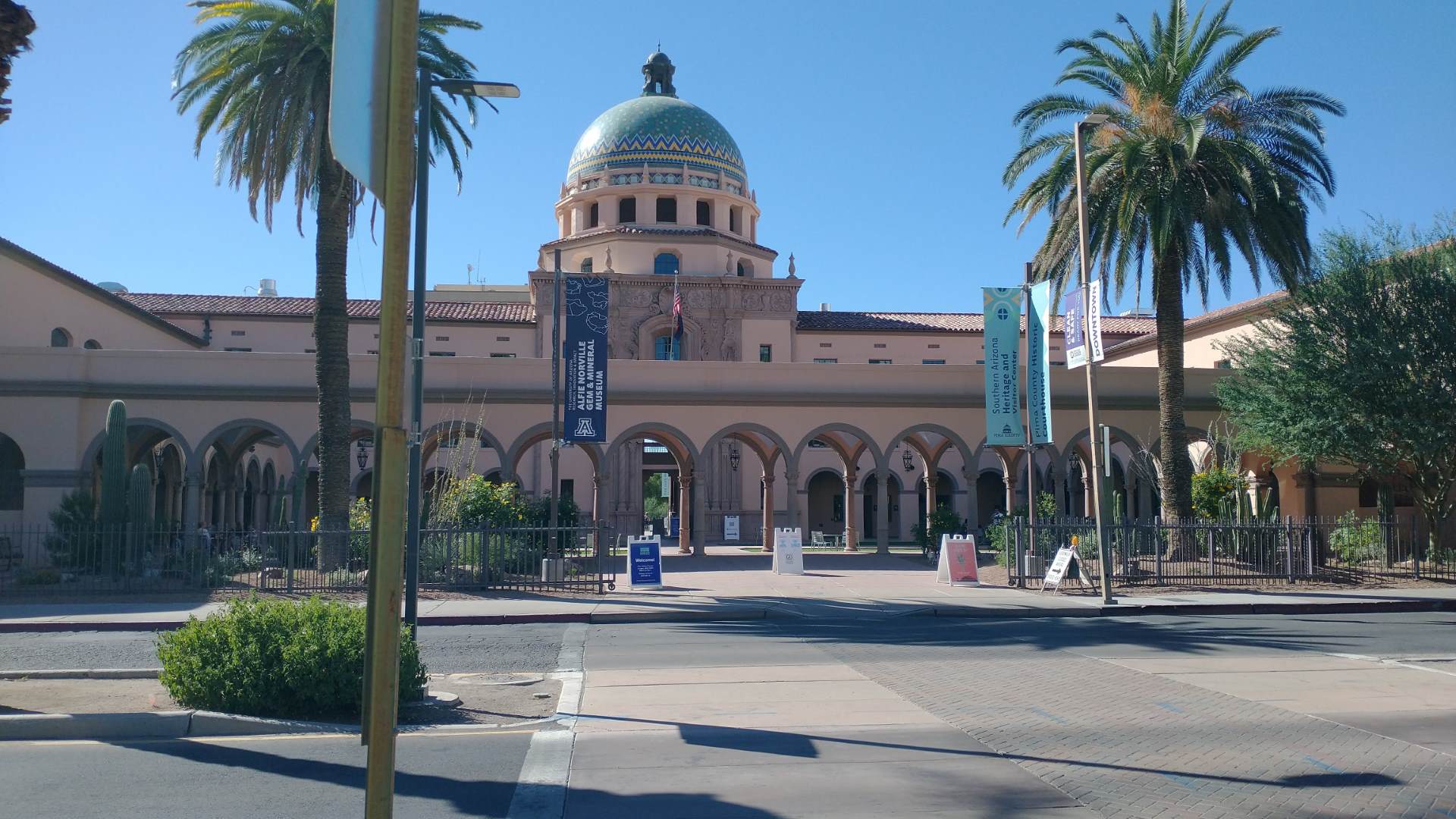Soaring 305 feet above New York Harbor, the Statue of Liberty has welcomed immigrants, amazed visitors, and symbolized freedom for over 130 years. This iconic landmark leaves a lasting impact on all who see Lady Liberty’s torch shining bright.
But beyond her imposing silhouette lies a rich history intertwined with art, politics, and society. Read on for a deep dive into the towering Statue of Liberty to discover her inspiring origins, symbolic details, and profound influence.
The Statue’s French Origins
Though an enduring American symbol, the Statue of Liberty was designed and constructed in France as a gift celebrating America’s first 100 years of independence. French sculptor Frédéric Auguste Bartholdi traveled to New York in 1871 and selected Liberty Island as the statue’s home. He then spent years crafting Lady Liberty’s flowing robes, imposing stance, and lit torch.
The monumental statue was a feat of 19th century engineering. Its copper sheets were hammered into shape by hand and riveted together with an intricate steel framework designed by Gustave Eiffel. After construction in Paris, the 350 individual pieces were packed in crates and shipped to New York to be assembled.
What the Statue of Liberty Represents
Lady Liberty famously holds a stone tablet inscribed with America’s founding date – July 4, 1776. Her mighty torch shines bright to light the way for those seeking liberty. The seven spikes on her crown represent the Seven Seas and seven continents, symbolic of universal liberty.
At the statue’s feet are broken chains and shackles representing the overthrow of tyranny. Her flowing classical robe reflects Roman goddesses of freedom. Together, these elements highlight the Statue of Liberty’s enduring symbolism as a beacon of hope and freedom for all.
The Dedication in 1886
After being constructed in Paris, theStatue of Liberty was shipped as 350 pieces packed into 214 crates. She was re-assembled on site and secured to an American-built pedestal.
On October 28, 1886, Lady Liberty was officially dedicated in a lavish ceremony attended by President Grover Cleveland. With spectacular fireworks and a parade of ships sailing past, the celebrations honored the statue’s unique friendship between France and America.
Bartholdi’s incredible vision officially took her place as a symbol of welcome and possibility overlooking New York Harbor.
Visiting the Torch and Crown
For an unforgettable Lady Liberty experience, book limited tickets to access her torch and crown. A glass ceiling in the torch lets you gaze up into the sculpture’s glowing flame. Climbing the tight double-helix staircase up through her crown leads to panoramic views over New York Harbor. Torch access is currently closed for repairs, but crown tickets can still be reserved well in advance.
The Museum and Grounds
Daily ferry tickets to Liberty Island allow you to explore the surroundings and museums at the base. The new Statue of Liberty Museum delves into her construction and symbolism through engaging exhibits and a theater. Outside, walk right around the statue and enjoy unique perspectives of her soaring torch, flowing robe, and imposing feet. Ranger-guided island tours provide fascinating historical insights.
Restoring an American Treasure
As a World Heritage Site, extraordinary care goes into preserving the Statue of Liberty for generations to come. Starting in the 1980s and culminating on her centennial in 1986, the monument underwent an extensive multi-year renovation. The torch, panels, and internal framework were replaced to ensure Lady Liberty withstands time and weather. She emerged shining bright once more for future visitors.
Standing tall as the ultimate symbol of freedom, the Statue of Liberty continues inspiring all who gaze upon her torch. Understanding her rich history and symbolism reveals why this incredible gift from France still awes America and the world. When you next visit, reflect on all that she represents.



